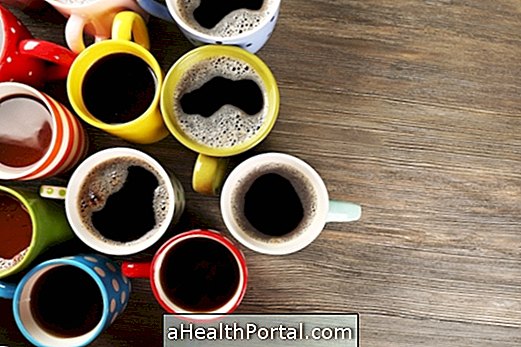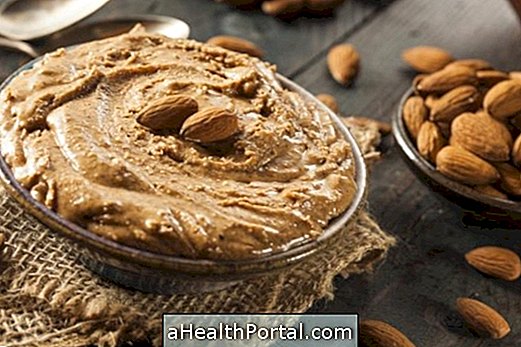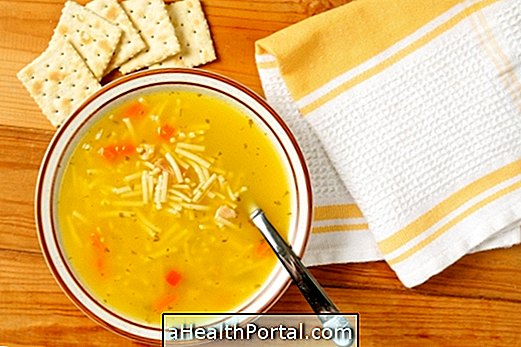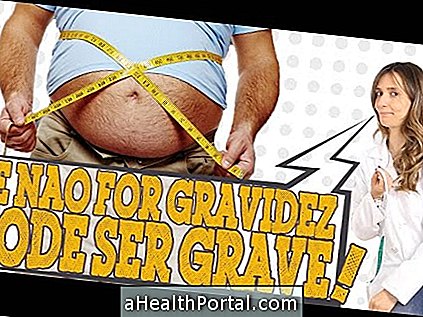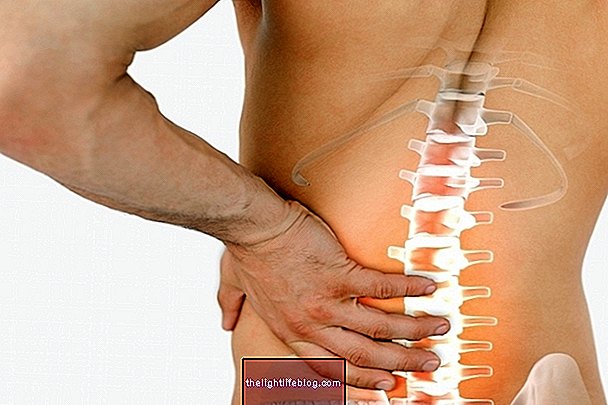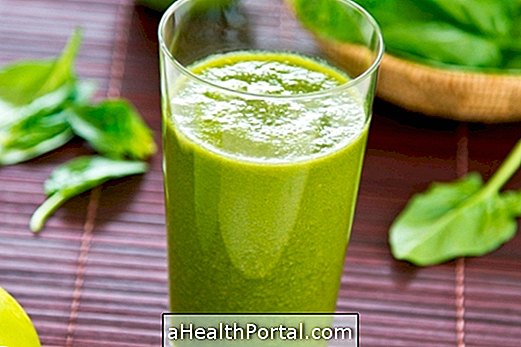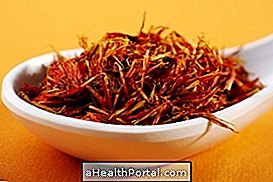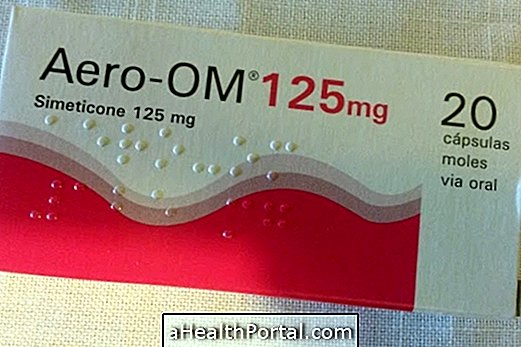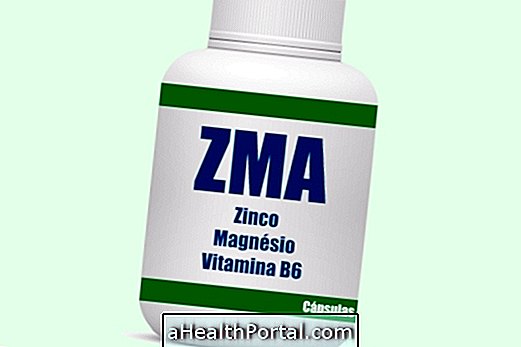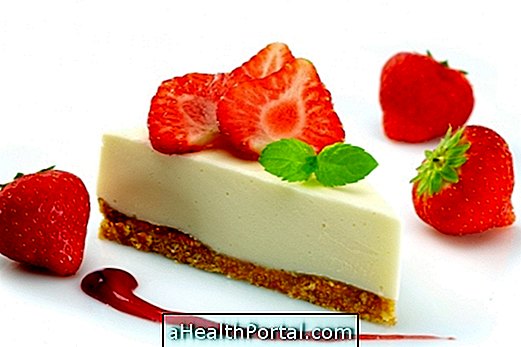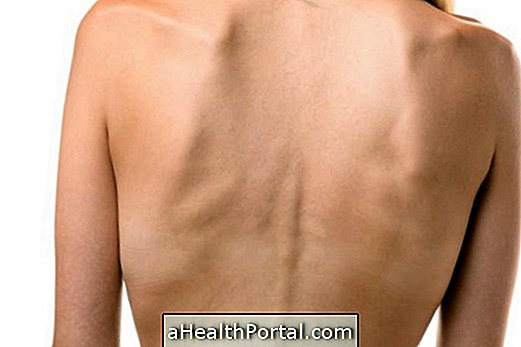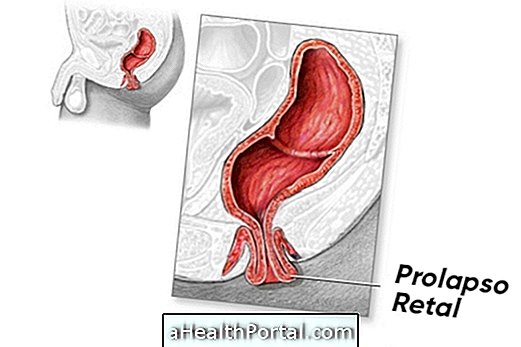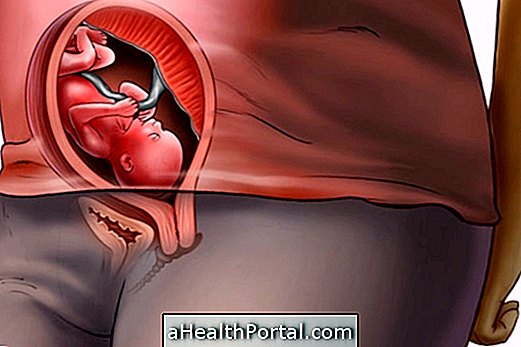Cheese is a good source of important nutrients and therefore, although not considered a superfood, when consumed regularly can bring various health benefits.
To make cheese it is necessary to curdle the milk, a process in which the solid part, consisting of fats and proteins, is separated from the liquids. Depending on the type of rennet and the aging time, it is possible to have softer cheeses, such as cottage cheese and ricotta, or harder ones, such as cheddar, parmesan or blue, for example.
However, all varieties of cheese have excellent benefits because they contain the same nutrients as milk and yogurt, such as calcium, protein or vitamin B12. However, depending on the cheese, the amounts may vary.
In addition, cheese is also a source of probiotics, which are good bacteria that help regulate the intestinal flora, fighting problems such as constipation, gas excess or diarrhea.
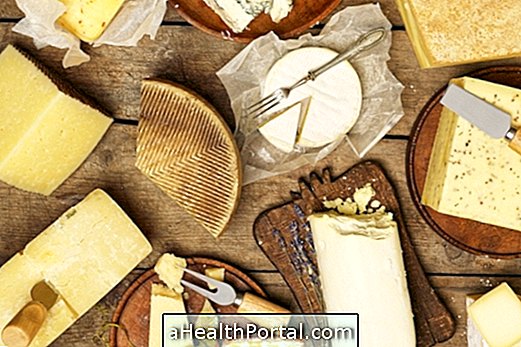
1. Helps to lose weight
Cheese is one of the most protein rich foods, which help increase the feeling of satiety, since this type of food takes longer to pass from the stomach to the intestine, reducing the urge to eat more.
However, the best cheeses to lose weight are the clearest ones, like fresh cheese, cottage or ricotta, because they have less concentration of fat.
In addition, new studies indicate that butyrate, a substance that forms in the gut after cheese fermentation, can increase metabolism and, therefore, facilitates the burning of body fat. See more tips to decrease appetite.
2. Prevents bowel cancer
Butyrate, which forms in the intestine due to cheese digestion, facilitates the work and differentiation of intestinal cells, preventing neoplastic mutations from occurring or altered cells multiply to create cancer.
In addition, this substance also decreases the pH of the intestine, decreasing the chances of malignant changes in the cells.
3. Reduce bad cholesterol
Intake of cheese helps to regulate the functioning of the intestine and provides essential butyrate for the functioning of intestinal cells. When the intestine is healthy, it is also able to produce more butyrate, and high amounts of that substance help to lower high levels of bad cholesterol.
Thus, by lowering cholesterol levels, cheese is also a great way to protect the heart and entire cardiovascular system from serious complications such as high blood pressure, heart failure, or heart attack.

4. Regulates intestinal transit
Like yogurt, cheese also has a high content of probiotics that help balance the intestinal flora, preventing the onset of problems such as constipation or diarrhea.
This way, this is a food that helps relieve the discomfort of some intestinal diseases like colitis, irritable bowel syndrome or Crohn's disease.
5. Strengthens bones and teeth
Taking a diet with the right amount of calcium helps keep bones healthy and strong, avoiding problems like osteoporosis. Like all dairy products, the cheese has enough calcium and helps in this function.
However, the cheese is more suitable than the other derivatives because it has a mixture of proteins and B vitamins that facilitate the absorption of calcium in the body.
As for the teeth, in addition to being rich in calcium, the cheese also protects against the erosion of acids present in foods like tea, coffee, wine or soft drinks.
How to Make Creamy Cheese at Home

To make a good cream cheese to pass on bread or a biscuit or a cookie, I must follow these guidelines:
Ingredients:
- 1 liter whole milk
- 20 ml white vinegar
- 1 pinch of salt
- 1 tablespoon butter
Method of preparation:
Boil the milk and then add the vinegar. Wait a few minutes until the milkworks, then simply remove the thickest part with a ladle or spoon and put in a bowl and add the salt and butter and beat with the mixer to get creamier. Then just store in a glass container and keep it in the refrigerator.
How to Make Homemade Cheese

To make the traditional cheese, you must follow the steps:
Ingredients:
- 10 liters of milk
- 1 tablespoon rennet or coalhine, which can be found in supermarkets
- ½ cup of salt
Method of preparation:
In a tall pot, put the 10 liters of milk, rennet and salt and mix well. Let rest for an hour. Then break the cream that was formed using a spoon, and remove the solid part of the mixture with a slotted spoon. This solid part should be placed in a sieve lined with a clean cloth. Thoroughly squeeze the cloth to remove all the whey from the milk, transfer the cloth mixture to a cheese-like shape and leave to desorb for 8 hours. If you do not have the cheese form at home, you can use a plastic bowl and drill small holes with the tip of a hot fork on both sides and bottom of the bowl to allow the whey to drain and the cheese solid.
To check the validity, know how much cheese can be consumed.
Nutritional information on cheeses
In the following table the composition of different types of cheese can be observed:
| Type of cheese (100g) | Calories | Fats (g) | Carbohydrates (g) | Proteins (g) | Calcium (mg) |
| Brie | 258 | 21 | 0 | 17 | 160 |
| Catupiry | 227 | 20 | 3 | --- | --- |
| Cheddar | 400 | 33 | 1 | 29 | 720 |
| Cottage | 96 | 3 | 3 | --- | --- |
| Gorgonzola | 397 | 34 | 0 | 24 | 526 |
| Mines | 373 | 28 | 0 | 30 | 635 |
| Mozzarella | 324 | 24 | 0 | 27 | --- |
| Parmesan | 400 | 30 | 0 | 31 | --- |
| Dish | 352 | 26 | 0 | 29 | 1023 |
| Creamy cheese | 298 | 20 | 0 | 29 | --- |
| Ricotta | 178 | 14 | 0 | 12 | --- |
This table helps you identify the best types of cheese, according to the purpose of each person. So, those looking to lose weight should avoid cheeses with more fat and calories, for example.
Required amount of cheese
To get all the benefits of cheese the recommended dose is 20 to 25 grams per day, which is equivalent to 1 or 2 slices of cheese.
Depending on each objective, the type of cheese should be adapted, especially with regard to the amount of fat, remembering that the more yellow cheeses are usually the ones with the highest fat and calories.
If you have lactose intolerance, learn how to remove lactose from cheese and other foods.
Nutrition Information for Minas Cheese
| Components | Quantity in 2 slices of cheese mines (45 g) |
| Energy | 120 calories |
| Proteins | 11 g |
| Fats | 8 g |
| Carbohydrate | 1 g |
| Vitamin A | 115 mg |
| Vitamin B1 | 1 mcg |
| Folic acid | 9 mcg |
| Calcium | 305 mg |
| Potassium | 69 mg |
| Phosphor | 153 mg |
| Sodium | 122 g |
Mine cheese has no iron or vitamin C, but is an excellent source of calcium, as are milk and broccoli. See other foods rich in calcium in: Foods rich in calcium.
